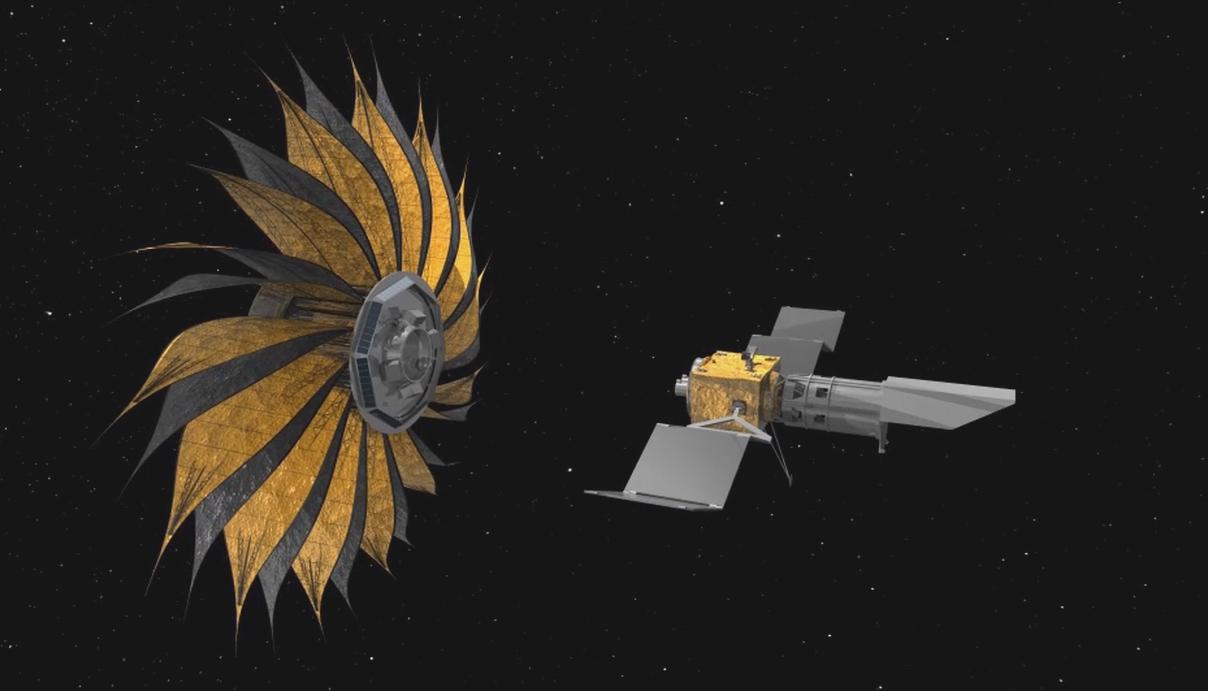Future discoveries are often on the minds of astronomers. Researchers at this week’s American Astronomical Society meeting filled a conference room to capacity to hear about plans for a successor to the James Webb Space Telescope (JWST) that began operations last year.
With the success of the JWST, NASA is now developing an even larger optical telescope to search for signs of life on Earth-like planets maybe as early as the 2040s.
Same yet different from JWST
NASA’s Astrophysics Division Director Mark Clampin told the audience that many questions remain unanswered concerning the telescope. What he did say, however, was intriguing: L2 is a gravitational equilibrium point located about 1.5 million kilometers from Earth, and the telescope will sit there in the same way as JWST does.
In contrast to JWST, it will be built in such a way so as to allow for upgrading and servicing robotically, perhaps extending its useful life and improving its performance over time. Clampin claims he has been unable to make significant progress on the design and technology due to a lack of funding. The telescope has a working name that he’s settled on for now: the Habitable Worlds Observatory (HWO).
John O’Meara, the W.M. Keck Observatory’s head scientist, said, “I’m really, really excited to see it actually happening.” Aki Roberge from NASA’s Goddard Space Flight Center predicts that “serviceability will be huge.”

To summarize, Roberge says this will create a “mountaintop observatory at L2.” It will be possible for state-of-the-art instruments to be swapped out as needed, and there will be space for more advanced equipment throughout time.
HWO not NASA’s primary telescope in exoplanet search
After the JWST, the HWO will not be NASA’s next flagship telescope, as the Nancy Grace Roman Observatory, a 2.4-meter survey telescope, will be launched in 2027 in an effort to search for dark energy and exoplanets.
In fact, with the HWO, NASA is acting in response to the top priority of the astronomy community’s decadal survey. This is a wish list that serves as a guide for funding agencies and politicians.
The final result of the study, released in November 2021, recommended that NASA restart the Great Observatories program, which had previously launched the Hubble Space Telescope and many others in the 1990s and early 2000s.
The Great Observatories initiative calls for a six-meter telescope that costs eleven billion dollars and is sensitive to ultraviolet, optical, and near-infrared wavelengths. A chief aim is to statistically determine if life is common in the galaxy. It was specified that the telescope might find signs of life on at least twenty-five nearby Earth-like exoplanets.
Stuck between HabEx and LUVOIR
NASA had suggested multiple possibilities for the agency’s upcoming pursuits in space based on the decadal report, but a middle ground between two recommendations, the HabEx and the LUVOIR, was settled on.
A robotic starshade and a four-meter monolithic mirror, both floating at a distance of more than a hundred thousand kilometers, would have been necessary for HabEx to block out the light of an exoplanet’s star and reveal the planet beyond.
LUVOIR’s fifteen-meter-wide shape is possible because it was designed as a flexible observatory that would expand upon the segmented mirror technology of the JWST.
The pictures produced by segmented mirrors aren’t quite as sharp as those from monolithic mirrors, but they can be folded up, allowing a much larger telescope to fit within a rocket fairing.





